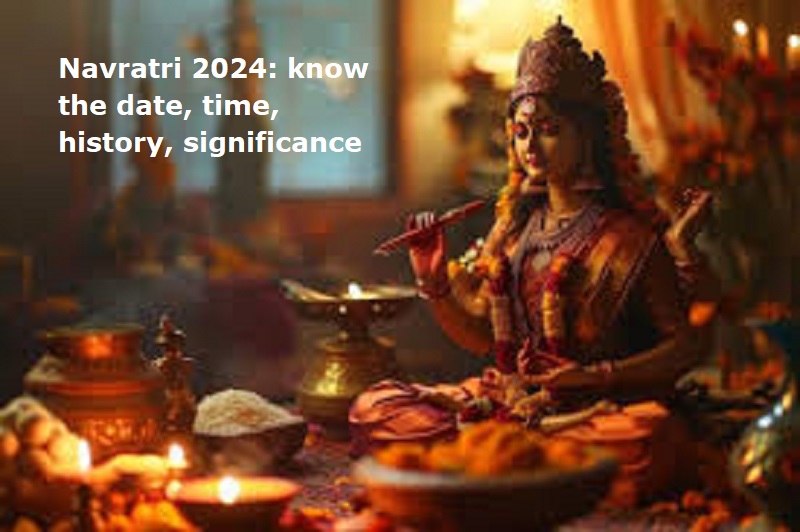
Mumbai: During the month of Ashwin (September/October according to the Gregorian calendar), Hindus celebrate Navratri, a nine-day festival dedicated to Goddess Durga. Navratri’s date vary every year based on the English calendar, since most Hindu festivals are determined by the lunar cycle. The festival of Navratri honors Goddess Durga.
In these nine days, devotees worship Mother Goddess to celebrate feminine power. Devotees worship Goddess Durga and remember her valiant battle over demon Mahishashura. According to the legend, nine days and as many nights were spent in the battle. Dussehra, also known as Vijayadashami, is observed on the tenth day.
Although Navratri is celebrated four times a year, Chaitra and Shardiya Navratri are said to be the most significant. Magha Gupt Navratri and Asadha Gupt Navratri are the other two festive occasions.
Also Read: India launch date of BMW CE 02 electric scooter announced: Details
Navaratri marks the transition from winter to spring. The most popular Navratri festival is Chaitra (Spring), followed by Sharad (Autumn), while Magha (Winters) and Ashadha (Monsoons) are less well known and are often referred to as Gupt (secret). Since Navratri marks the beginning of a new season, a vrat is observed to help the body prepare for the change of seasons.
This year, Navratri is scheduled to start on October 3, and end on October 11The auspicious time for Ghat foundation on Shardiya Navratri is from 6.15 am to 7.22 am on October 3, and on the other hand, the Abhijeet Muhurta is from 11:46 am to 12:33 pm. Later, after observing the nine-day Shardiya Navratri, Dussehra (or Vijayadashami) will be celebrated on October 12.

Post Your Comments